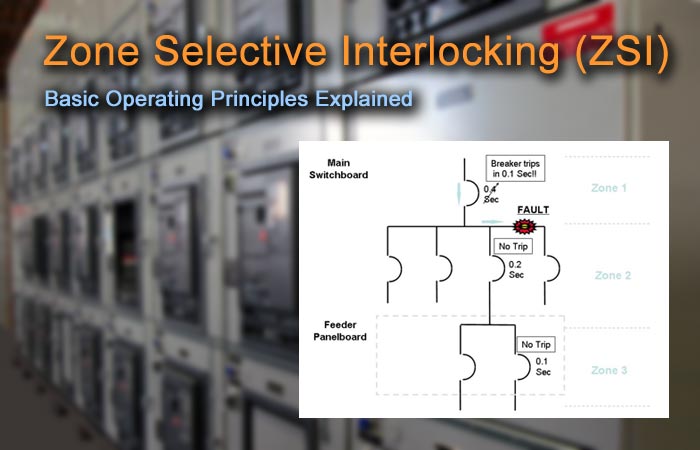
This guide provides a basic overview of zone selective interlocking principles and test procedures. Photo: TestGuy
Zone selective interlocking is a communication scheme used with circuit breakers and protective relays to improve the level of protection in a power distribution system. Also called zone restraint or ZSI, the main purpose of this scheme is to reduce the stress on electrical distribution equipment during short-circuit or ground-fault conditions.
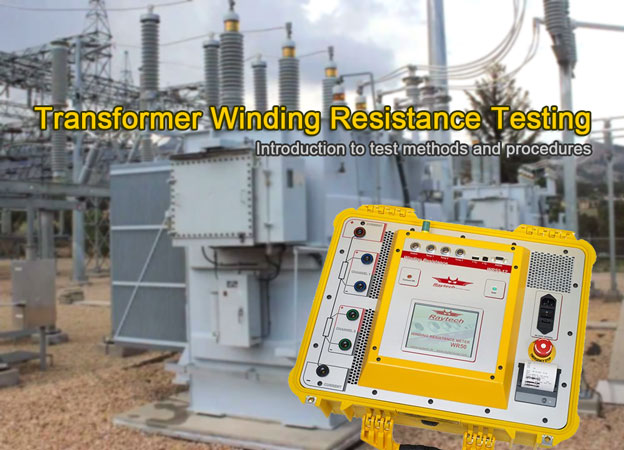
This guide provides an introduction to transformer winding resistance test methods and procedures. Photo: TestGuy
Winding resistance measurements are an important diagnostic tool for assessing possible damage to transformers resulting from poor design, assembly, handling, unfavorable environments, overloading or poor maintenance.

Personal protective equipment (PPE), including arc flash rated clothing, provide additional safeguards against electrical hazards. Photo: PEO ACWA (Flickr CC)
Electricity has long been recognized as a serious workplace hazard, exposing employees to electric shock, electrocution, burns, fires, and explosions. Hundreds of deaths and thousands of injuries occur each year on the job due to electrical shock and arc flash, yet almost all of these tragic events are preventable.
In addition to being properly qualified for the task at hand, personal protective equipment (PPE), including arc flash rated clothing, can provide additional safeguards against the hazards posed by working around electrical energy.
This guide provides a general overview of the various PPE that may be necessary for safe electrical work, including insulated gloves or sleeves, face shields, footwear, eye or hearing protection, and other electrical protective equipment.
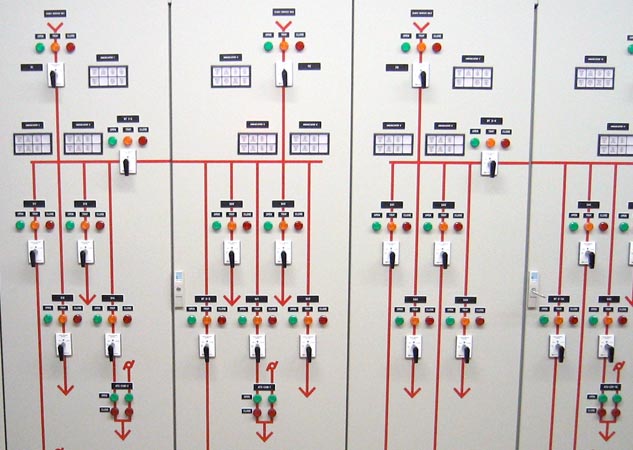
Mimic bus symbols accurately reflect the distribution system arrangement that they are producing. Photo: Sage Controls, Inc.
The primary function of the electric power distribution system in a building or facility is to receive power at one or more supply points and to deliver it to lighting, elevators, chillers, motors and all other electrical loads.
The best distribution system is one that will, cost-effectively and safely, supply adequate electric service to both present and future probable loads. The selection of a system arrangement has a profound impact upon the reliability and maintainability of the electrical system.
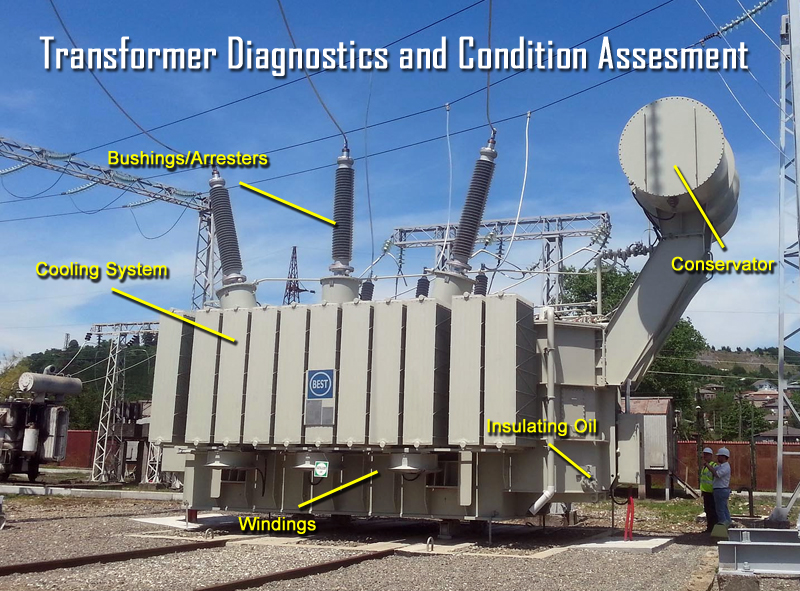
Each transformer construction and application is different, requiring its own unique approach and test plan.
Determining the existing condition of power transformers is an essential step in analyzing the risk of failure. The following is a summary of testing and diagnostic techniques, and tools used to assess the condition of transformers.
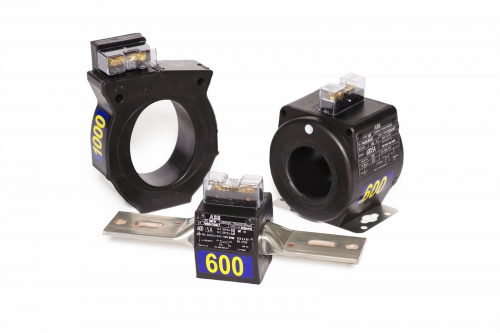
It is essential to inspect and test current transformers and their connected instruments at regular intervals. Photo Credit: ABB
Current transformers play an important role in the monitoring and protection of electrical power systems. CT's are instrument transformers used for converting primary current into a reduced secondary current for use with meters, relays, control equipment and other instruments.
Sharpen your skills with our collection of quizzes on electrical safety, maintenance & testing of electrical equipment and industry standards.
Tech Quiz Study Guide